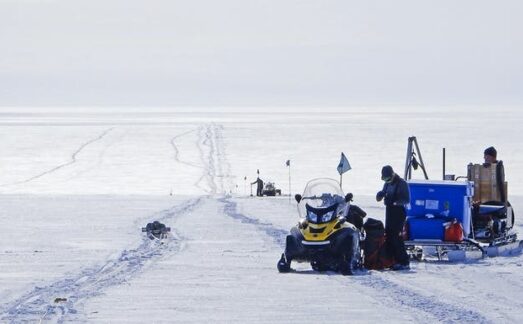Contribution to sea rise
Ocean temperatures and circulation patterns are the key governing factor in driving WAIS dynamics during warmer than present Late Quaternary (past ~2.5 million years) super interglacials.
Determine the Late Quaternary ice sheet contribution to sea level in response to past temperature that were similar to those anticipated under near-future climates.
Although orbital parameters during interglacial periods were different from today, their warmer temperatures allow insights into past sensitivity of WAIS to climates that were like those projected under the Paris agreement target. Sea level reconstructions imply that WAIS and GIS were significantly smaller during these interglacials and imply a high sensitivity to small temperature increases. However, the ice volume loss and meltwater contribution from each ice sheet is still debated. New geological data from our proposed drill sites near the grounding zone of WAIS in the Ross Sea are required to determine whether WAIS completely or only partially collapsed during Quaternary interglacials. Outcomes will provide important targets for ice sheet modelling and will ultimately improve our ability to simulate sea level fingerprints as they are highly dependent on the location of ice mass loss with important societal implications.
Key Questions
Did WAIS contribute to sea level rise observed during the most recent interglacial (MIS 5)?
Did WAIS contribute to sea level rise during other Late Quaternary “super interglacials” (e.g., MIS 11 and 31)?
What were the environmental conditions in the inner Ross Sea during Late Quaternary interglacials (e.g., ocean temperature, sea ice presence/absence)?


Workshop Report: Sensitivity of the West Antarctic Ice Sheet to +2 °C (SWAIS 2C)
The Sensitivity of the West Antarctic Ice Sheet to a Warming of 2 ∘C (SWAIS 2C) Project aims to understand past and current drivers and thresholds of WAIS dynamics...
Read more
